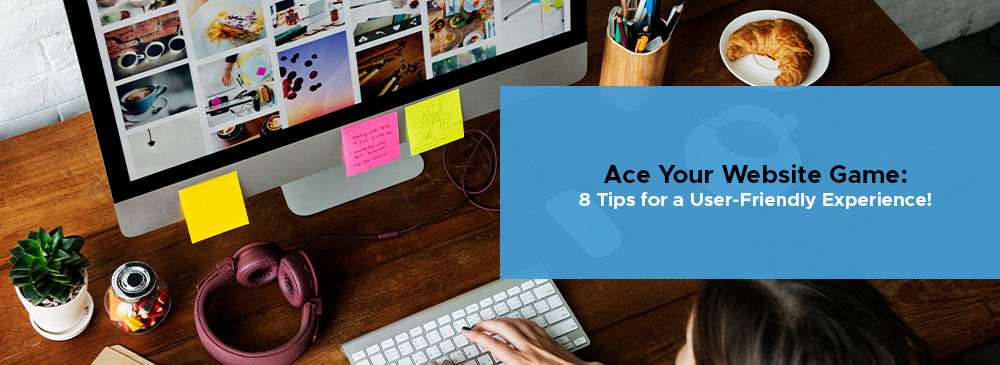Let’s talk about an often underestimated yet important part of web design and search engine optimization – optimizing images for your website. Sure, sleek layouts and catchy content are vital, but one key player that often gets sidelined is image optimization.
The Need for Speed: Faster Load Times
You know the feeling. You click on a site, and it takes years to load. It’s frustrating. Users crave speed. A website with huge images, each taking its sweet time to pop up on the screen, is a recipe for bouncing visitors; quicker than you can say “loading, loading, still loading.”
Image optimization – the technique that cuts load times. How does it work?
It’s all about reducing an image’s file size without sacrificing its quality. We’re talking about maintaining the visual appeal while making it easier for your website to strut its stuff lightning-fast.
How Optimization Works
How on earth does one optimize images? First, choose the right file type. JPEG, PNG, SVG, each have their strengths and weaknesses.
JPEGs are fantastic for photographs, while PNGs change the game for images with transparent backgrounds. Then there are SVGs, perfect for logos and vector images. Each format comes with its own file size nuances. So, choose a format or a combination that will suit your website.
What’s more, there’s a resolution to the resolution issue. You don’t need a 5000 x 3000-pixel image for a tiny thumbnail. Resize your images to the specific dimensions you need on your website. This helps reduce the file size without compromising on the visual oomph.
Ever heard of compression? It’s like fitting a puffy jacket into a tiny backpack without wrinkling it. Compression reduces the file size by removing unnecessary data. There are tools for this job – from Photoshop to online image compressors like TinyPNG or Squoosh. They squish the file size while keeping the image looking sharp.
Google’s Watchful Eye: SEO and Image Optimization
Now, let’s talk about Google.
It’s not just about faster load times; image optimization is a golden ticket for SEO. Google loves a website that’s fast on its feet and well-organized. When you optimize your images, you’re sending signals to Google, telling it, “Hey, I care about user experience and page speed!” And Google, being the friendly neighborhood search engine, rewards you for this.
Want some SEO brownie points to go with that? Alt text (alternative text) is the way to go. To add alt text to a picture, shape, chart, or SmartArt graphic, right-click on the object and choose Format Picture. In the Format Picture panel, choose the Layout and Properties icon. Then choose Alt Text. Add a title for your object, then a description.
Not only does it describe what the image is about for those using screen readers, but it also gives a little wink to search engines. Include relevant keywords in your alt text, but remember: don’t stuff it with keywords like a Thanksgiving turkey. Be descriptive, concise, and relevant.
File names matter too! Instead of generic names like “IMG_54678.jpg,” jazz it up. Be descriptive, using keywords when appropriate. For instance, “golden-retriever-playing-fetch.jpg” is way more informative and SEO-friendly.
The Bottom Line: The Why and How of Image Optimization
Well, it’s the cherry on top for your user experience and SEO strategy. Lightning-fast load times make users happy, which in turn pleases Google. It’s a win-win!
The process? It’s not rocket science, but it’s an art. It requires a slight tech-savviness, some amount of creativity, and SEO finesse. Remember, the goal is to strike the perfect balance between image quality and load speed.
A website isn’t just about content and design. It’s the whole experience. We live in a time where attention spans are shorter than ever, so optimizing your images could be the answer to a successful, user-friendly, and Google-approved website.
Okay, we get it. It seems like it’s a lot to take in. But trust us, if you embrace image optimization and SEO, you’ll make your website stand out from the clutter. Also, we’re here to help guide you. Just reach TWLV20 via our email or give us a shout-out on our socials.



